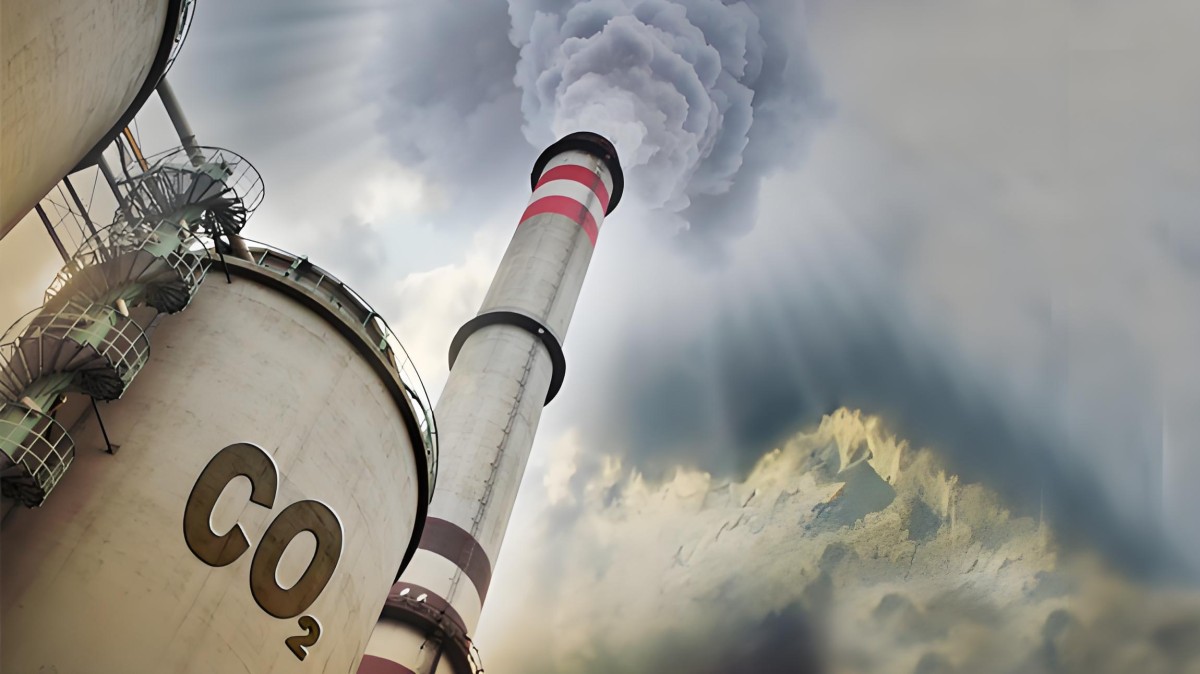Blogs
What are carbon cycle and carbon capture?
Carbon Cycle and Carbon Capture Overview
1. Carbon Cycle
The carbon cycle refers to the natural flow of carbon between the Earth's biosphere, lithosphere, hydrosphere, and atmosphere. Key processes include:
- Biological processes: Plants absorb CO₂ via photosynthesis, while respiration and decomposition release CO₂.
- Geological processes: Formation and weathering of carbonate rocks, long-term storage in fossil fuels.
- Ocean exchange: CO₂ absorption and release by seawater.
- Human interference: Fossil fuel combustion disrupts the natural balance, increasing atmospheric CO₂ levels.
2. Carbon Capture
Carbon capture involves technologies that separate CO₂ from industrial emissions or ambient air to mitigate climate change. Major approaches include:
- Point-source capture(e.g., flue gas from power plants, refineries).
- Direct air capture (DAC): Extracting CO₂ directly from the atmosphere.
- Bioenergy with carbon capture and storage (BECCS): Combining biomass energy with CCS.
Industrial Applications of Plate Heat Exchangers (PHE) in Carbon Capture
Plate heat exchangers (PHEs) are widely used in carbon capture due to their high thermal efficiency, compact design, and adaptability. Key applications include:
1. Solvent Regeneration (Chemical Absorption)
- Role: In amine-based (e.g., MEA) CO₂ capture, "rich" solvent (CO₂-loaded) must be heated to release CO₂ and regenerate into "lean" solvent.
- Applications:
- Lean/rich solvent heat exchange: PHEs preheat rich solvent using hot lean solvent before entering the stripper, reducing regeneration energy by 20–30%.
- Cooling regenerated solvent: PHEs cool the lean solvent before recycling it to the absorber.
2. CO₂ Compression & Transport
- Compression cooling: Captured CO₂ is compressed to supercritical state (>100 bar) for transport/storage. PHEs dissipate heat generated during compression.
3. Auxiliary Roles in Other Capture Methods
- Membrane separation: PHEs adjust gas temperature to optimize membrane performance.
- Cryogenic separation: Pre-cooling or cold energy recovery in low-temperature CO₂ capture.
---
Advantages & Challenges of PHEs
- Advantages:
- High heat transfer efficiency (3–5× higher than shell-and-tube exchangers).
- Modular design for easy scaling/maintenance.
- Corrosion-resistant materials (e.g., for acidic solvents).
- Challenges:
- Sensitive to particulates (requires flue gas pretreatment).
- High-pressure applications (e.g., CO₂ compression) demand reinforced designs.
---
Case Examples
- Norway’s Mongstad Technology Centre**: PHEs reduced regeneration energy by ~15% in amine-based capture trials.
- DAC systems: Climeworks uses PHEs for heat recovery during adsorbent regeneration.
By optimizing thermal management, PHEs significantly cut energy costs in carbon capture, making them critical in CCUS (Carbon Capture, Utilization, and Storage) systems.


King DuPont, China famous brand of heat transfer and fluid handling supply platform.
Contact

Get Free Quotes
NEED TO CHAT?
We will get back to you within 24 hours of receiving the message.

